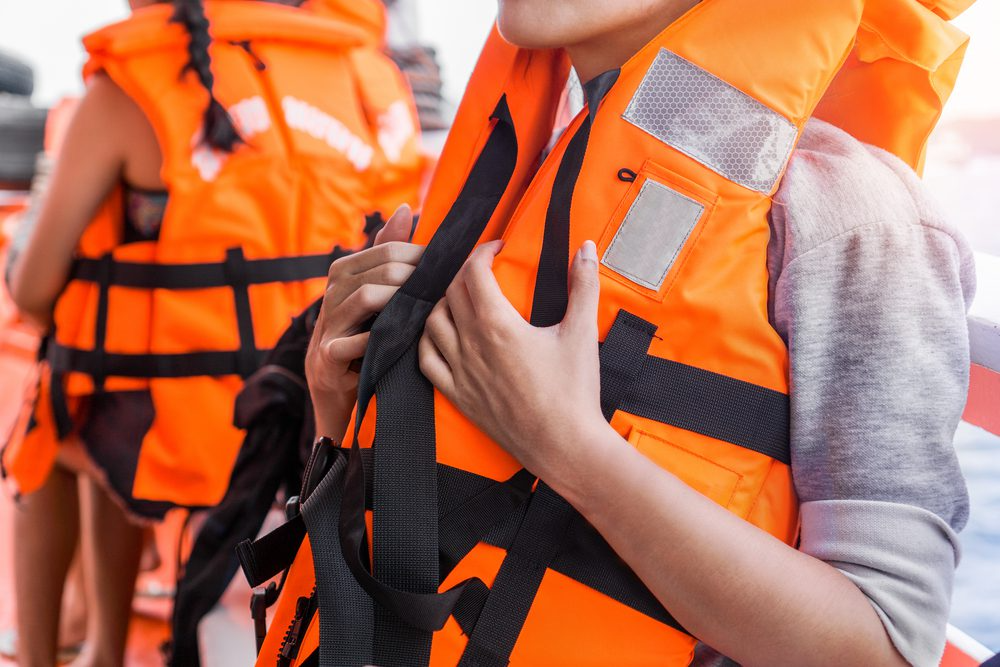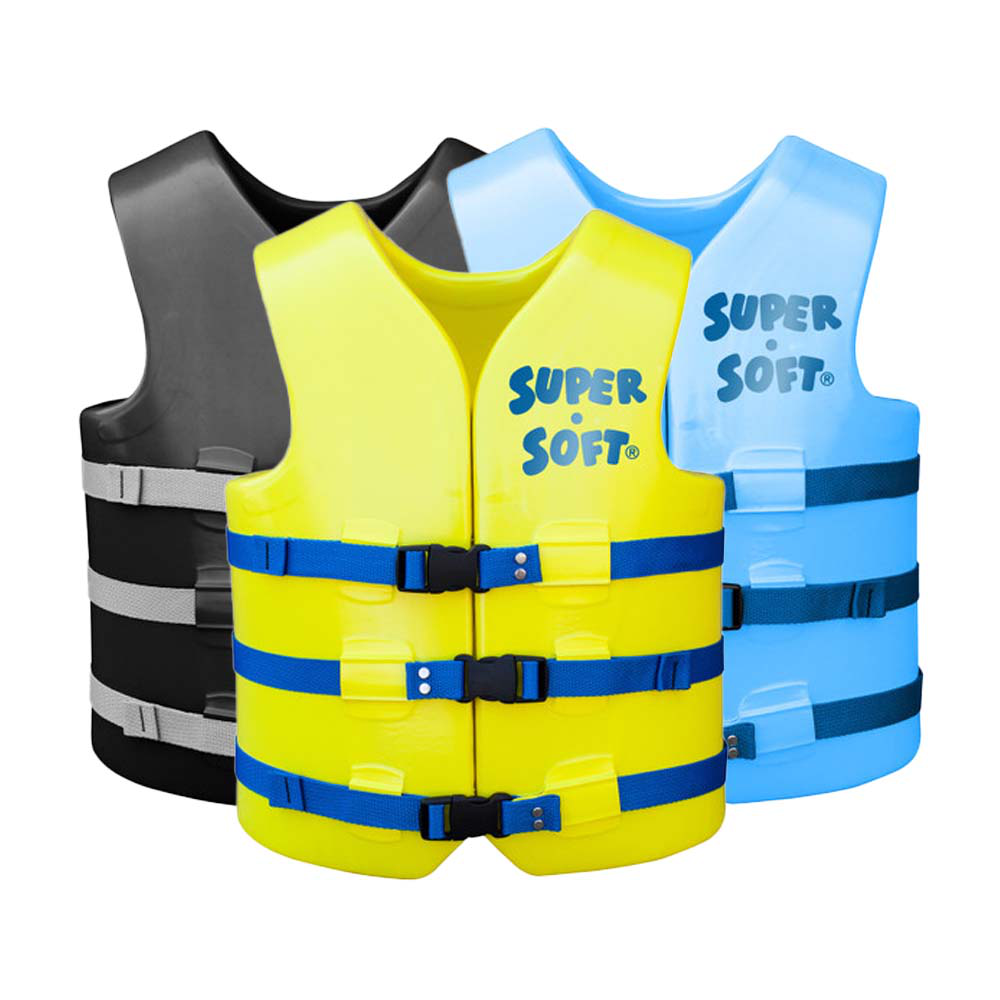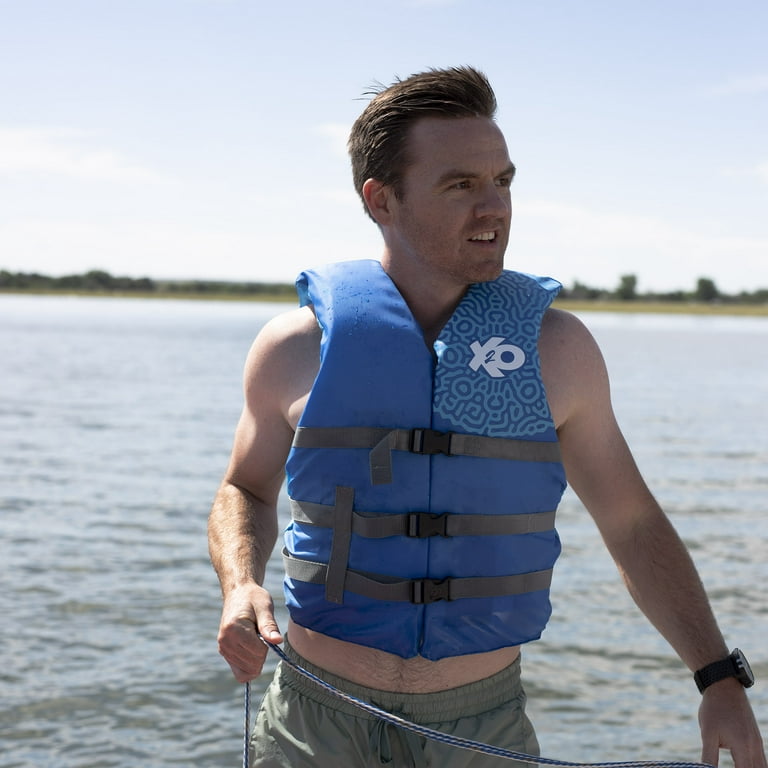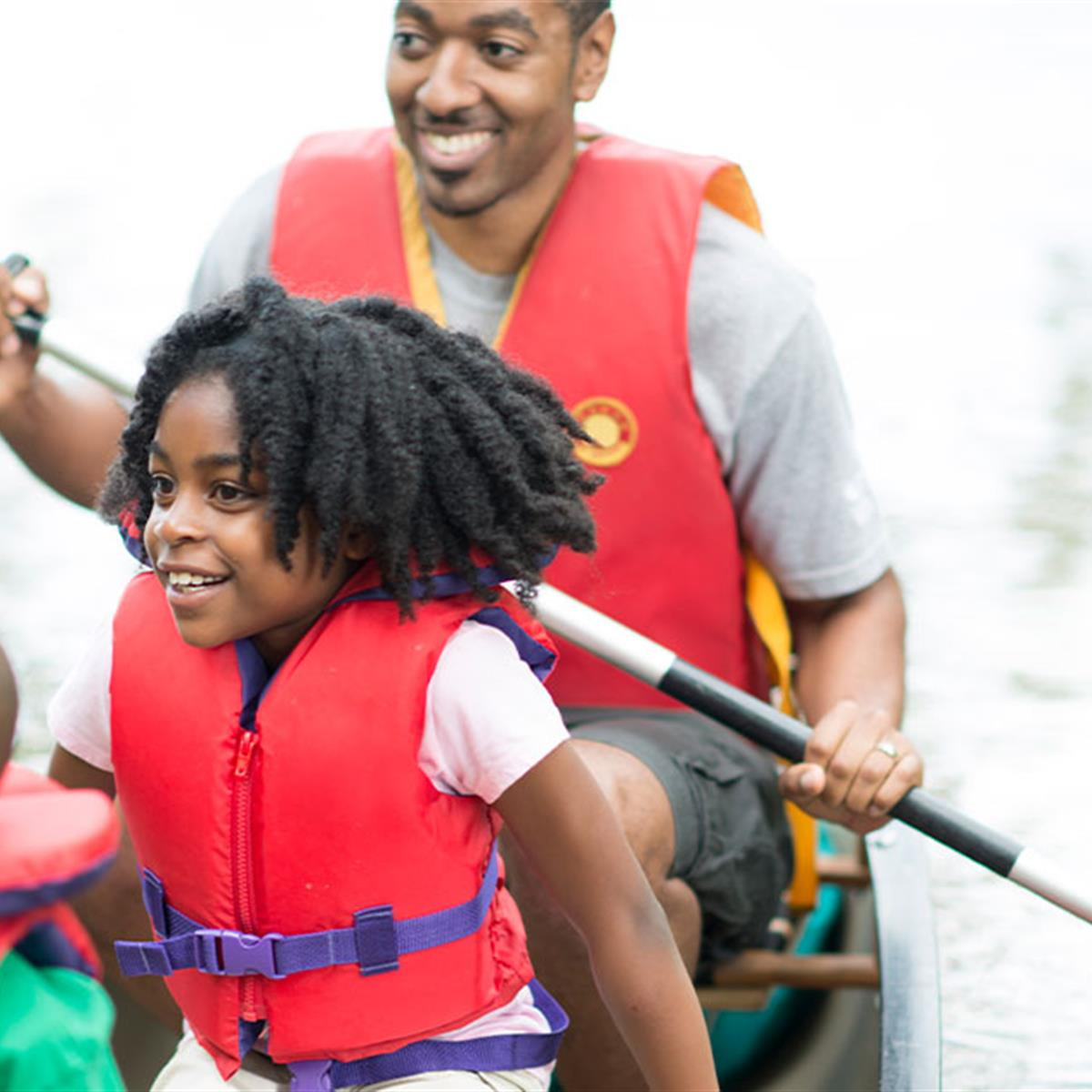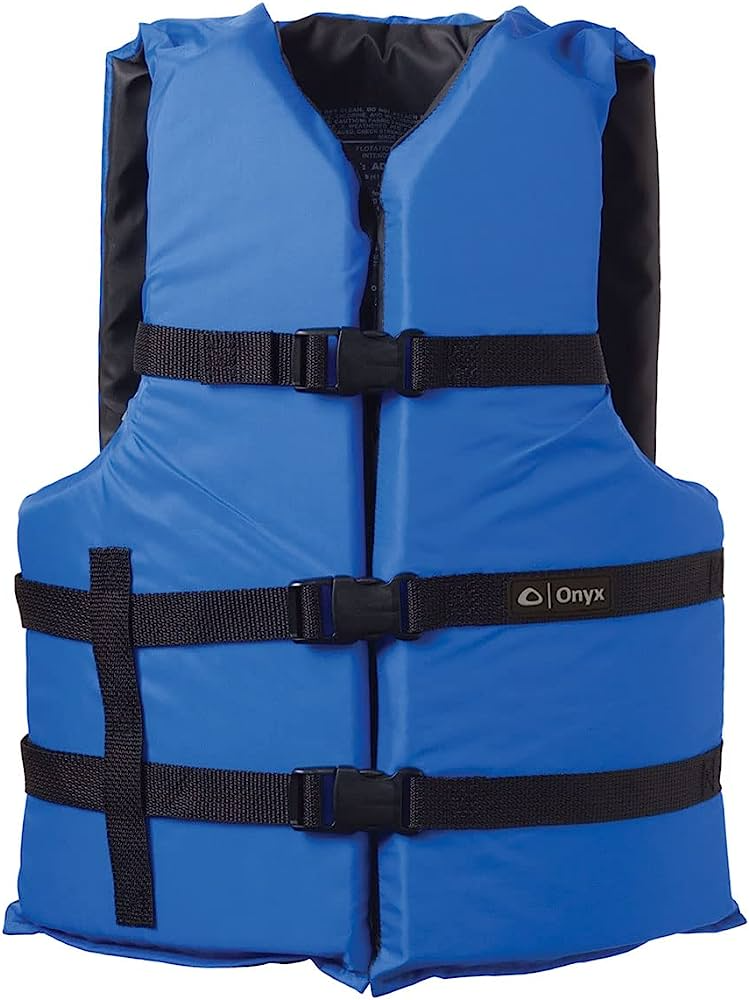Introduction
Life jackets, also known as personal flotation devices (PFDs), play a crucial role in water safety. They are designed to keep wearers afloat in the event of an emergency, such as capsizing or falling overboard. Life jackets are essential for various water activities, including boating, kayaking, fishing, and swimming. This comprehensive guide explores the importance of life jackets, their features, types, benefits, and maintenance tips. By the end, you’ll have a thorough understanding of why life jackets are indispensable for anyone engaging in water-related activities.
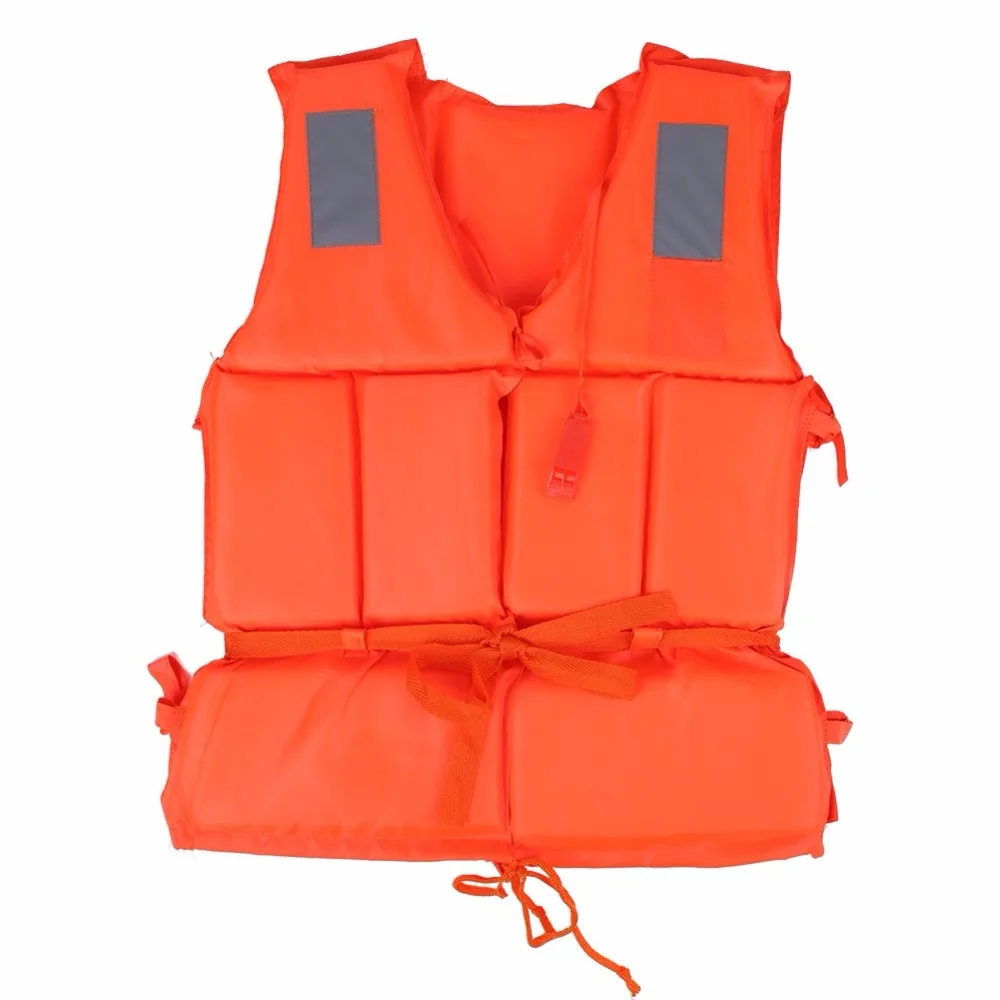
The Importance of Life Jackets
Ensuring Water Safety
The primary purpose of a life jacket is to ensure the safety of individuals when they are in or around water. Drowning is one of the leading causes of accidental death worldwide. Wearing a life jacket significantly reduces the risk of drowning by keeping the wearer afloat and providing buoyancy. Life jackets are especially important for non-swimmers and children, offering them a level of protection that can be life-saving. The use of life jackets is recommended and often mandated by regulations in many regions to promote water safety.
Mandatory Regulations
In many countries, regulations mandate the use of life jackets in certain water activities. For example, life jackets are required for all passengers on commercial boats and for individuals engaging in water sports like kayaking and jet skiing. Compliance with these regulations ensures safety and helps prevent accidents. The enforcement of mandatory life jacket use underscores their importance in water safety protocols. Ignoring these regulations can result in fines and legal consequences, but more importantly, it can jeopardize lives.
Instilling Confidence
Wearing a life jacket instills confidence in individuals participating in water activities. It provides an added sense of security, allowing people to enjoy their time on the water without the constant worry of accidents. This confidence is particularly beneficial for those who are not strong swimmers or are new to water activities. Knowing that they have a reliable flotation device can make the experience more enjoyable and less stressful. Parents can also feel more at ease knowing their children are protected, which encourages family participation in water activities.
Key Features of Life Jackets
Buoyancy and Flotation
The primary feature of a life jacket is its buoyancy. Life jackets are designed to provide sufficient buoyancy to keep the wearer’s head above water. Different life jackets offer varying levels of buoyancy, measured in newtons (N). The higher the buoyancy rating, the greater the flotation support. Most adult life jackets provide between 50N to 100N of buoyancy, while specialized life jackets can offer even more. The buoyancy must be adequate to support the wearer’s weight and ensure they remain afloat in different water conditions, including rough seas.
Material and Construction
Life jackets are typically made from durable and water-resistant materials. Common materials include nylon, polyester, and neoprene. The inner core is often filled with foam or other buoyant materials that provide flotation. The construction of life jackets includes multiple layers of fabric and foam, reinforced seams, and secure fastenings such as zippers, buckles, and straps. These features ensure that the life jacket remains intact and functional even in challenging conditions. The choice of materials and construction methods affects the life jacket’s durability, comfort, and overall performance.
Fit and Adjustability
A properly fitting life jacket is crucial for effectiveness and comfort. Life jackets come in various sizes to accommodate different body types and ages. Adjustable straps and buckles allow for a customized fit, ensuring the life jacket stays securely in place. When choosing a life jacket, it’s important to consider the size and weight of the wearer. An ill-fitting life jacket can hinder movement, cause discomfort, and fail to provide adequate buoyancy. Manufacturers provide sizing charts and guidelines to help users select the appropriate size.
Visibility and Safety Features
Visibility is an important safety feature of life jackets. Many life jackets are designed with bright colors and reflective materials to enhance visibility in the water. Some jackets also include whistle attachments for signaling in emergencies. High-visibility life jackets make it easier for rescuers to locate individuals in the water, especially in low-light conditions or rough seas. Additional safety features may include built-in harnesses for attaching to boats and pockets for carrying essentials like signaling devices and personal identification.
Types of Life Jackets
Type I: Offshore Life Jackets
Type I life jackets are designed for offshore use and harsh conditions. They provide the highest level of buoyancy and are capable of keeping an unconscious person’s head above water. Type I life jackets are bulkier and more restrictive but offer maximum safety for extended periods in open water. They are suitable for activities such as offshore boating, commercial fishing, and survival situations. These life jackets are essential for anyone venturing far from shore, where rescue may take longer.
Type II: Near-Shore Buoyant Vests
Type II life jackets are intended for calm, inland waters where quick rescue is likely. They provide less buoyancy than Type I but can still turn some unconscious wearers face-up in the water. Type II life jackets are less bulky and more comfortable than Type I, making them suitable for recreational boating and water sports. They are a common choice for lakes, rivers, and coastal areas where assistance is readily available. While not as robust as Type I, they still offer valuable protection in emergencies.
Type III: Flotation Aids
Type III life jackets, also known as flotation aids, are designed for conscious wearers in calm waters. They provide the same level of buoyancy as Type II but do not guarantee to turn an unconscious person face-up. Type III life jackets are the most comfortable and least restrictive, making them ideal for activities like kayaking, canoeing, and fishing. They allow for greater freedom of movement, which is essential for active water sports. These life jackets are popular among recreational users who prioritize comfort and mobility.
Type IV: Throwable Devices
Type IV devices are throwable flotation aids, such as ring buoys and cushions. They are not worn but are intended to be thrown to individuals in distress. Type IV devices provide additional safety on boats and docks, allowing for quick assistance in emergencies. They are designed to be easily accessible and quickly deployed. While not a substitute for wearable life jackets, Type IV devices add an extra layer of safety and can be life-saving when rescuing someone who has fallen overboard.
Type V: Special Use Devices
Type V life jackets are designed for specific activities and must be worn as indicated on the label to be effective. They include devices like hybrid life jackets, inflatable jackets, and work vests. Type V jackets offer specialized features tailored to the needs of activities like sailing, windsurfing, and professional water work. Inflatable life jackets, for example, provide a compact and comfortable option that inflates automatically or manually when needed. Type V life jackets offer versatility and adaptability, making them suitable for a wide range of water activities.
Benefits of Wearing Life Jackets
Life-Saving Potential
The most significant benefit of wearing a life jacket is its life-saving potential. In the event of an accident or emergency, a life jacket keeps the wearer afloat and reduces the risk of drowning. This protection is especially vital for non-swimmers and those in rough water conditions. Statistics show that a significant percentage of drowning fatalities could have been prevented if the victims had been wearing life jackets. The presence of a life jacket can make the difference between life and death in critical situations.
Enhanced Confidence and Freedom
Wearing a life jacket enhances confidence and freedom in the water. It allows individuals to engage in various water activities without the constant fear of accidents. This confidence encourages participation in recreational boating, swimming, and water sports, making these activities more enjoyable. Parents and guardians can also relax knowing that their children are protected, fostering family involvement in water-related activities. The peace of mind provided by a life jacket enables people to fully embrace their aquatic adventures.
Compliance with Regulations
Wearing a life jacket ensures compliance with safety regulations and legal requirements. Many regions mandate the use of life jackets for specific water activities, and failure to comply can result in fines and penalties. More importantly, adhering to these regulations promotes safety and helps prevent accidents. By wearing a life jacket, individuals contribute to a culture of safety and responsibility on the water. Compliance with regulations not only avoids legal repercussions but also sets a positive example for others.
Support in Emergencies
In emergencies, life jackets provide crucial support until rescue arrives. They keep the wearer afloat, reducing physical strain and conserving energy. This support is essential in situations where individuals may need to wait for assistance. Life jackets also aid in maintaining body heat, reducing the risk of hypothermia in cold water. The flotation and thermal protection offered by life jackets enhance the chances of survival while awaiting rescue. Involuntary exposure to water can be physically and mentally exhausting, and a life jacket alleviates some of these challenges.
How to Choose the Right Life Jacket
Assessing Your Needs
When choosing a life jacket, start by assessing your specific needs and the activities you’ll be engaging in. Consider the type of water environment, whether it’s calm inland water or rough offshore conditions. Identify the level of buoyancy required based on your weight and experience level. Understanding your needs helps narrow down the options and ensures you select the most appropriate life jacket for your activities. Choosing the right life jacket tailored to your requirements is crucial for ensuring maximum safety and comfort.
Checking the Fit
A properly fitting life jacket is essential for effectiveness and comfort. Try on life jackets to ensure a snug and secure fit. The jacket should not ride up or shift when in the water. Adjustable straps and buckles allow for a customized fit, accommodating different body types. Ensure that the life jacket fits well, especially around the chest and torso. A good fit ensures that the life jacket remains in place and provides reliable flotation support. Ill-fitting life jackets can hinder movement, cause discomfort, and fail to offer adequate protection.
Evaluating Features
Different life jackets offer various features tailored to specific activities. Look for additional features such as reflective materials for visibility, whistle attachments for signaling, and harnesses for secure attachment to boats. Consider the material and construction for durability and comfort. Evaluate if the life jacket has pockets or other storage options for carrying essentials. Assessing the features ensures the life jacket meets your safety and functional requirements. The combination of essential and added features enhances the overall effectiveness and convenience of the life jacket.
Considering Comfort
Comfort is key to ensuring that individuals wear their life jackets at all times. Look for life jackets with padded shoulders, mesh panels for breathability, and minimal bulkiness. Neoprene life jackets are known for their comfort and flexibility, making them a popular choice for active water sports. Ensure that the life jacket allows for freedom of movement and does not cause chafing or discomfort. Comfortable life jackets are more likely to be worn consistently, ensuring continuous safety on the water. Ensuring comfort while wearing a life jacket enhances the overall experience and encourages compliance with safety practices.
Maintenance and Care of Life Jackets
Regular Inspections
Regular inspections are essential for maintaining the effectiveness of life jackets. Check for signs of wear and tear, such as rips, tears, and frayed straps. Ensure that zippers, buckles, and straps are in good working condition. Inspect the buoyant material for any signs of deterioration. Conducting routine inspections helps identify issues early and ensures that the life jacket remains functional. Addressing wear and tear promptly enhances the longevity and reliability of the life jacket.
Cleaning and Storage
Proper cleaning and storage enhance the longevity of life jackets. Rinse life jackets with fresh water after each use to remove salt, chlorine, and dirt. Allow them to air dry completely before storing to prevent mold and mildew. Store life jackets in a cool, dry place away from direct sunlight and heat. Avoid placing heavy objects on top of the jackets to prevent deformation. Proper cleaning and storage ensure that life jackets remain in excellent condition and are ready for use when needed.
Replacing Worn-Out Life Jackets
Life jackets have a limited lifespan, and worn-out jackets should be replaced to ensure safety. If a life jacket shows significant signs of wear, damage, or loss of buoyancy, it should be replaced immediately. Follow the manufacturer’s guidelines for the expected lifespan of the life jacket. Using worn-out or damaged life jackets can compromise safety and effectiveness. Regularly replacing life jackets ensures that individuals always have reliable protection. Prioritizing the condition and effectiveness of life jackets is essential for maintaining safety standards.
Adhering to Manufacturer’s Guidelines
Always follow the manufacturer’s guidelines for the care and maintenance of life jackets. Manufacturers provide specific instructions for cleaning, storage, and inspection. Adhering to these guidelines ensures that life jackets remain effective and compliant with safety standards. Proper care and maintenance contribute to the overall longevity and performance of life jackets. The manufacturer’s guidelines are designed to maximize the safety and functionality of the life jackets, ensuring optimal performance in emergencies.
Conclusion
Life jackets are indispensable safety devices for anyone engaging in water-related activities. Their primary purpose is to save lives by providing buoyancy and keeping individuals afloat in emergencies. Life jackets come in various types, each designed for specific water environments and activities. Choosing the right life jacket involves assessing your needs, ensuring a proper fit, evaluating features, and considering comfort. Proper maintenance and care enhance the longevity and effectiveness of life jackets. Investing in a high-quality life jacket provides peace of mind, knowing that you or your loved ones are protected in the water. Embrace water safety practices and make life jackets an essential part of your water adventures. Whether you’re boating, kayaking, or swimming, wearing a life jacket ensures a safer and more enjoyable experience on the water. Stay safe, stay buoyant, and enjoy your time on the water with confidence.
